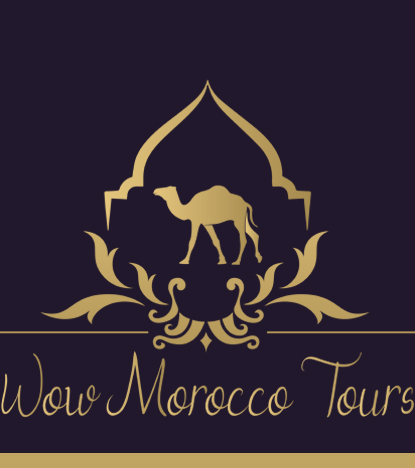
The best time to visit morocco
The Best Time to Visit Morocco: Your Ultimate Guide to an Unforgettable Journey
Imagine yourself wandering through the bustling souks of Marrakech, where every corner is alive with the vibrant colors of spices, textiles, and handmade crafts. The warm sun brushes your skin gently as you sip mint tea in a serene riad courtyard. Or picture a serene desert evening, the sky ablaze with stars, wrapped in a cozy blanket beside a crackling campfire. The best time to visit Morocco is not just about picking a date on the calendar; it’s about choosing when you want to experience these unforgettable moments in the fullest.
If you’ve been wondering when to plan your trip to Morocco, this guide is designed just for you. We’ll explore everything from Morocco’s diverse climate and regional differences to special events and practical travel tips. By the end, you’ll know exactly when the best time to visit Morocco is for your ideal adventure.
Understanding Morocco’s Climate and Seasons
Before deciding when to visit Morocco, it’s important to understand the country’s unique climate. Morocco’s geography is incredibly diverse: from the Atlantic and Mediterranean coastlines to the rugged Atlas Mountains and the vast Sahara Desert. This means weather conditions vary widely depending on where you go and when.
Morocco experiences four main seasons:
-
Spring (March to May)
-
Summer (June to August)
-
Autumn (September to November)
-
Winter (December to February)
Why does this matter? Because the weather impacts what you can do and see. For example, summer days in Marrakech can be scorching, while coastal cities enjoy more moderate temperatures. In winter, the mountains can be snowy and perfect for skiing.
Here’s a quick overview of what to expect:
| Region | Spring | Summer | Autumn | Winter |
|---|---|---|---|---|
| Marrakech | Mild, sunny | Hot, dry (up to 40°C) | Warm, pleasant | Cooler, some rain |
| Sahara Desert | Warm days, cool nights | Extremely hot (>45°C) | Warm, perfect for tours | Cold nights, mild days |
| Atlas Mountains | Cool, blossoming flora | Warm, good hiking | Mild, colorful leaves | Cold, snow at high altitudes |
| Coastal Cities | Mild, breezy | Warm, beach-friendly | Mild, some rain | Mild, rainy |
Spring (March to May) — Your Best Bet for Comfortable Exploration
Spring is often considered the best time to visit Morocco for many travelers, and here’s why. During these months, the weather is comfortably warm but not too hot. Daytime temperatures hover between 20°C and 25°C (68°F to 77°F), perfect for wandering through ancient medinas, hiking in the Atlas Mountains, or exploring historic sites.
You’ll also get to see Morocco in bloom, wildflowers carpet the countryside, and the famous rose valleys near El Kelaa M’Gouna burst into fragrant color. The crowds are thinner compared to summer, so you can enjoy a more peaceful experience.
Recommended destinations for spring include Marrakech, Fes, Chefchaouen, and the Atlas region.
Autumn (September to November) — Warm Days, Crisp Evenings, and Rich Culture
Autumn mirrors spring’s pleasant weather, making it another excellent season for travel. The heat of summer fades away, replaced by warm days and cooler nights. This is a great time to explore the Sahara Desert before temperatures drop in winter.
Autumn also brings cultural festivals, such as the International Nomads Festival in M’hamid, which celebrates desert traditions. Hiking enthusiasts find this season perfect for trekking the Atlas Mountains with mild temperatures and stunning fall foliage.
Winter (December to February) — A Quiet, Cozy Escape
If you prefer fewer tourists and don’t mind cooler temperatures, winter can be a rewarding time to visit Morocco. While inland cities like Marrakech and Fes cool down considerably, coastal cities such as Essaouira and Casablanca enjoy mild, pleasant weather.
The Atlas Mountains become a hub for winter sports, with ski resorts like Oukaimeden offering snowy slopes. Desert nights in the Sahara become quite cold, but the daytime warmth remains bearable.
Winter is ideal if you want a peaceful trip with unique seasonal activities.
Summer (June to August) — Hot, Vibrant, and Coastal-Focused
Summer in Morocco can be intense, especially in inland cities where temperatures can soar above 40°C (104°F). If you don’t handle heat well, this might not be your ideal time for sightseeing.
However, coastal towns like Agadir and Essaouira offer refreshing breezes and beach-friendly weather. Summer is also festival season, with vibrant events like the Gnaoua World Music Festival in Essaouira filling the air with music and celebration.
If you love beaches and cultural festivals, summer along the coast is a lively time to visit.
Special Events and Festivals That Influence the Best Time to Visit Morocco
Timing your visit to coincide with Morocco’s festivals can add incredible cultural depth to your trip. Here are some must-know events:
-
Marrakech International Film Festival (December): A glamorous celebration attracting filmmakers and celebrities worldwide.
-
Fes Festival of World Sacred Music (May-June): Experience soul-stirring performances blending spiritual traditions.
-
Gnaoua World Music Festival, Essaouira (June): A vibrant fusion of African, Arab, and Western sounds.
-
Rose Festival, El Kelaa M’Gouna (May): Celebrate the blooming of Morocco’s famed roses with parades and music.
Attending festivals not only enriches your experience but also offers unique photo opportunities and chances to connect with locals. Be sure to book accommodation early if you plan to visit during these busy times.
Regional Recommendations: When to Visit Different Parts of Morocco
Marrakech and Central Morocco
If you’re dreaming of a trip filled with color, culture, and unforgettable energy, Marrakech should be high on your list. As a travel agency that has guided countless visitors through this iconic city, we always recommend planning your visit during spring or autumn. From March to May and again from September to November, the weather in Marrakech is ideal, warm enough to enjoy rooftop dining and garden strolls, but cool enough for walking tours through the medina without overheating. This is the perfect time to explore the Jemaa el-Fnaa square, wander through spice-scented souks, or admire the beauty of places like the Bahia Palace or Majorelle Garden. Summer, while lively, can be extremely hot, often over 38°C, which makes outdoor activities less enjoyable. If you’re looking to experience Marrakech at its best, with the right balance of comfort and authenticity, plan your journey in the shoulder seasons when the city truly comes to life.
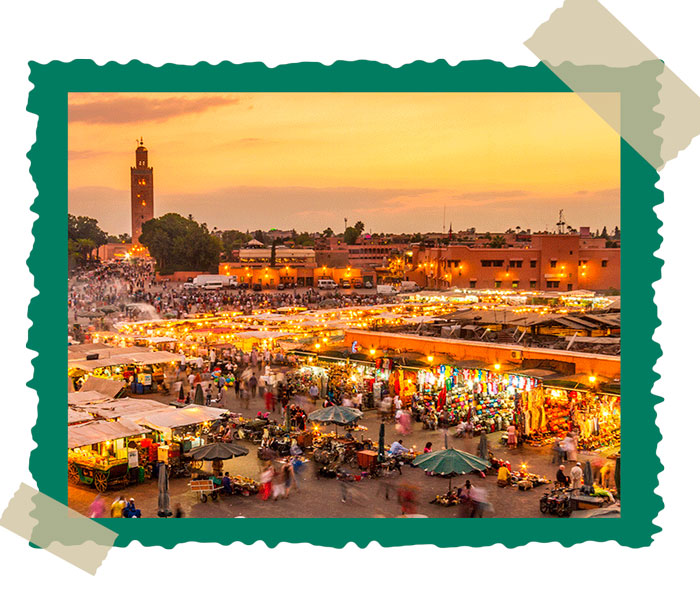
Sahara Desert
Best months: October to April
If the Sahara Desert is on your bucket list, and it should be, timing is everything. As travel experts who regularly organize desert expeditions, we strongly recommend visiting between October and April, when temperatures are much more manageable. During these months, the days are warm and sunny, while the nights offer a cool, peaceful escape, ideal for camel treks, 4×4 tours, and unforgettable evenings in traditional desert camps under the stars. The summer heat in the Sahara can be extreme, often exceeding 45°C (113°F), making travel not only uncomfortable but potentially dangerous. By visiting in the cooler months, you’ll get to experience the raw beauty of the dunes, the golden light of sunrise and sunset, and the deep silence of the desert, all without the risks of heat exhaustion. For the most authentic and comfortable Sahara adventure, autumn through spring is your best window.
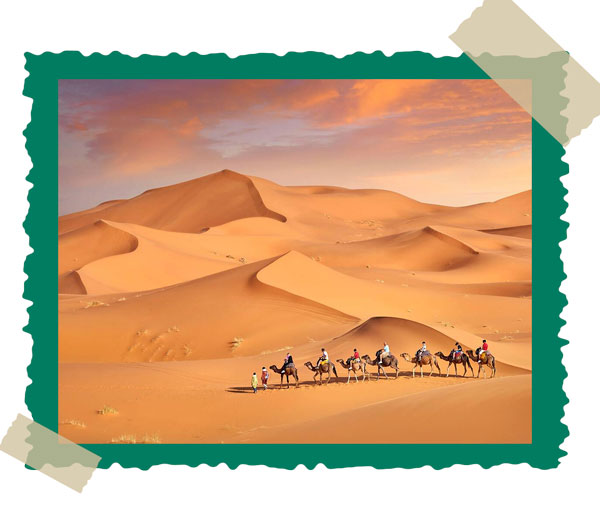
Atlas Mountains
Best months: Winter (December to February) for snow sports; Spring and Autumn for hiking and trekking
The Atlas Mountains are a breathtaking escape from Morocco’s cities and deserts, offering something unique in every season. If you’re into winter sports, visiting between December and February means you can enjoy skiing and snowboarding at resorts like Oukaimeden, surrounded by stunning snow-capped peaks. But for most travelers, the spring and autumn months are the best times to explore the Atlas on foot. During these seasons, the weather is mild and inviting, perfect for hiking through lush valleys, traditional Berber villages, and vibrant wildflower meadows. Summer can be intense with harsh heat at lower elevations, while the higher mountain trails may still be inaccessible due to heavy snow in winter. So, whether you’re seeking adventure on the slopes or peaceful mountain treks, plan your visit in the shoulder seasons to make the most of this spectacular region’s natural beauty.
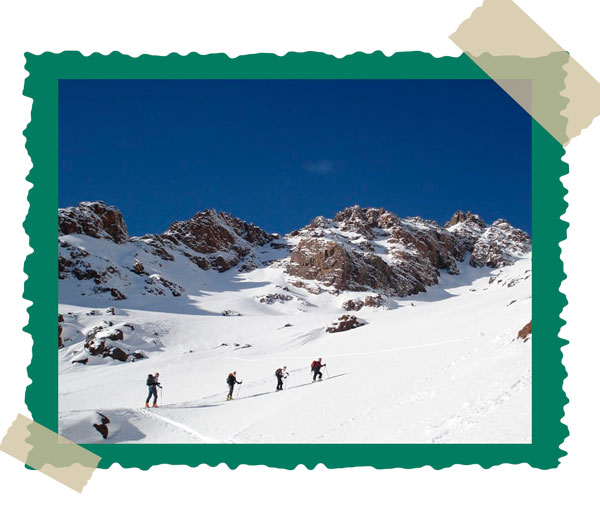
Coastal Cities (Casablanca, Rabat, Essaouira)
The coastal cities of Morocco offer a refreshing contrast to the country’s interior heat and desert landscapes. Places like Casablanca, Rabat, and Essaouira enjoy mild and moderate temperatures throughout the year, making them great destinations no matter when you visit. However, if you’re a beach lover, the summer months bring warm sunshine and inviting Atlantic breezes, perfect for relaxing by the sea. Essaouira, in particular, is famous for its vibrant beach culture and watersports. Beyond the natural beauty, these cities come alive with festivals during the warmer months, from music celebrations in Essaouira to cultural events in Rabat, adding an extra layer of excitement to your visit. Whether you want to stroll along historic promenades, enjoy fresh seafood, or soak up a laid-back atmosphere, Morocco’s coastal cities deliver year-round charm with their distinct coastal vibe.
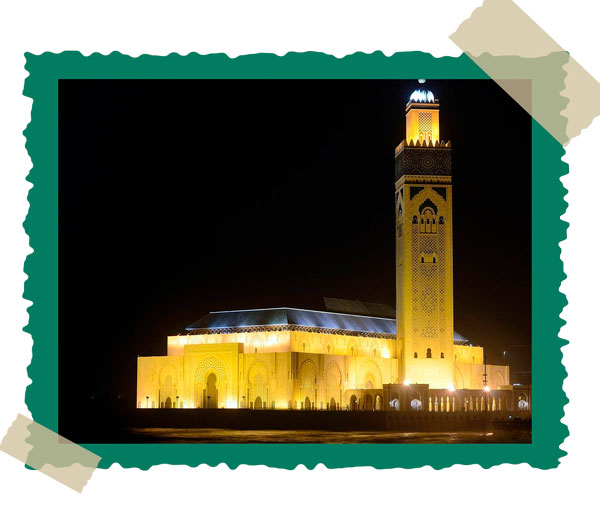
Discover Morocco at Its Best – Plan Your Perfect Escape!
Whether you’re dreaming of wandering through ancient medinas, riding camels across golden dunes, or relaxing in seaside towns, the best time to visit Morocco is spring (March to May) and autumn (September to November). During these seasons, the weather is pleasantly warm, the landscapes are at their most vibrant, and the crowds are fewer, making it the ideal time to explore the magic of Morocco in full comfort.
Book your Moroccan adventure now and experience the beauty, culture, and warmth of this enchanting country at its finest!
Special Events and Festivals That Influence the Best Time to Visit Morocco
Timing your visit to coincide with Morocco’s festivals can add incredible cultural depth to your trip. Here are some must-know events:
-
Marrakech International Film Festival (December): A glamorous celebration attracting filmmakers and celebrities worldwide.
-
Fes Festival of World Sacred Music (May-June): Experience soul-stirring performances blending spiritual traditions.
-
Gnaoua World Music Festival, Essaouira (June): A vibrant fusion of African, Arab, and Western sounds.
-
Rose Festival, El Kelaa M’Gouna (May): Celebrate the blooming of Morocco’s famed roses with parades and music.
Attending festivals not only enriches your experience but also offers unique photo opportunities and chances to connect with locals. Be sure to book accommodation early if you plan to visit during these busy times.
Morocco Climate (Average Temperature & Rainfall)
| Destination | Jan | Feb | Mar | Apr | May | Jun | Jul | Aug | Sep | Oct | Nov | Dec |
|---|---|---|---|---|---|---|---|---|---|---|---|---|
| Casablanca | ☀️ 18°C ❄️64mm | 19°C 53mm | 20°C 48mm | 21°C 36mm | 23°C 17mm | 25°C / 4mm | 27°C / 1mm | 28°C / 2mm | 27°C / 6mm | 25°C / 33mm | 21°C / 65mm | 19°C / 81mm |
| Chefchaouen | ☀️14°C ❄️162mm | 14°C 155mm | 17°C 165mm | 19°C 71mm | 22°C 41mm | 27°C 10mm | 32°C 1mm | 32°C 3mm | 28°C 16mm | 22°C 58mm | 19°C 112mm | 15°C 146mm |
| Essaouira | ☀️17°C ❄️44mm | 18°C 40mm | 19°C 35mm | 20°C 28mm | 20°C 9mm | 21°C 2mm | 22°C 0mm | 22°C 1mm | 23°C 5mm | 22°C 26mm | 21°C 42mm | 19°C 53mm |
| Fez | ☀️16°C ❄️61mm | 18°C 72mm | 20°C 75mm | 23°C 65mm | 26°C 37mm | 32°C 15mm | 36°C 2mm | 36°C 2mm | 32°C 12mm | 26°C 47mm | 21°C 70mm | 16°C 80mm |
| Marrakech | ☀️18°C ❄️28mm | 20°C 34mm | 23°C 32mm | 26°C 31mm | 29°C 19mm | 33°C 4mm | 38°C 1mm | 38°C 2mm | 33°C 7mm | 28°C 22mm | 22°C 34mm | 19°C 29mm |
| Rabat | ☀️17°C ❄️77mm | 19°C 67mm | 20°C 61mm | 22°C 55mm | 24°C 21mm | 26°C 5mm | 28°C 0mm | 28°C 1mm | 27°C 7mm | 25°C 43mm | 21°C 80mm | 19°C 106mm |
| Tangier | ☀️16°C ❄️108mm | 17°C 104mm | 18°C 107mm | 20°C 54mm | 23°C 34mm | 26°C 11mm | 29°C 0mm | 29°C 3mm | 28°C 17mm | 24°C 65mm | 20°C 120mm | 17°C 146mm |
| Atlas Mountains | ☀️10°C ❄️68mm | 12°C 65mm | 14°C 80mm | 17°C 75mm | 21°C 42mm | 25°C 18mm | 30°C 5mm | 30°C 6mm | 25°C 24mm | 19°C 50mm | 14°C 75mm | 10°C 77mm |
| Erg Chebbi (Desert) | ☀️18°C ❄️2mm | 20°C 5mm | 24°C 4mm | 29°C 3mm | 33°C 4mm | 38°C 3mm | 43°C 5mm | 42°C 5mm | 34°C 9mm | 29°C 11mm | 22°C 10mm | 18°C 5mm |
Practical Tips for Choosing the Best Time to Visit Morocco
Now that you understand the climate and cultural calendar, how do you choose your travel window? Consider these factors:
-
Your priorities: Are you after sightseeing in comfort, beach time, cultural immersion, or outdoor adventures?
-
Avoid peak crowds: Traveling in spring or autumn usually means fewer tourists and better prices.
-
Budget: Peak seasons often bring higher airfare and hotel rates. Off-season travel can save you money.
-
Packing: Light layers are key for spring and autumn. For winter, pack warm clothes for the mountains and desert nights.
-
Ramadan: Be mindful that during Ramadan, some restaurants may close during the day, and cultural experiences differ.
FAQS About the best time to visit Morocco
When is the best time to visit Morocco to avoid crowds?
The shoulder seasons—spring (March to May) and autumn (September to November)—are the best to avoid crowds while enjoying comfortable weather.
What months are too hot to visit Morocco?
Summer months (June to August) can be extremely hot, especially inland. If you’re sensitive to heat, avoid these months for Marrakech and the Sahara.
Can I visit Morocco during Ramadan? What should I expect?
Yes, you can, but be prepared for a quieter daytime atmosphere. Many restaurants close during daylight hours, but evenings come alive with special meals and celebrations.
Is it safe to visit Morocco in winter?
Absolutely. Winter is a great time if you prefer cooler weather and fewer tourists. Just pack warmer clothes for mountain and desert evenings.
What is the best time to visit the Sahara Desert?
Between October and April, when temperatures are milder and nights are less freezing. Avoid the summer heat.
Can I visit Morocco during Ramadan? What should I expect?
Yes, you can, but be prepared for a quieter daytime atmosphere. Many restaurants close during daylight hours, but evenings come alive with special meals and celebrations.
If you have any questions or need assistance, don’t hesitate to contact us. We’re happy to help!
